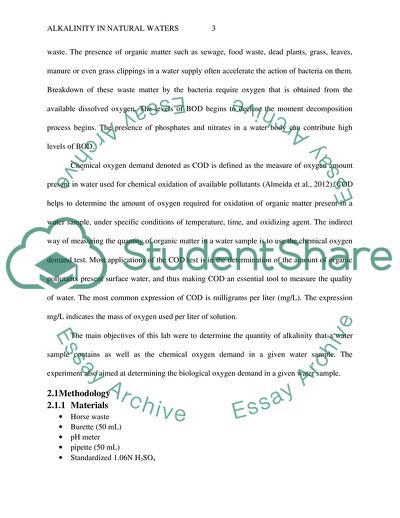Cite this document
(Alkalinity in Natural Waters Lab Report Example | Topics and Well Written Essays - 1500 words, n.d.)
Alkalinity in Natural Waters Lab Report Example | Topics and Well Written Essays - 1500 words. https://studentshare.org/chemistry/1875460-report
Alkalinity in Natural Waters Lab Report Example | Topics and Well Written Essays - 1500 words. https://studentshare.org/chemistry/1875460-report
(Alkalinity in Natural Waters Lab Report Example | Topics and Well Written Essays - 1500 Words)
Alkalinity in Natural Waters Lab Report Example | Topics and Well Written Essays - 1500 Words. https://studentshare.org/chemistry/1875460-report.
Alkalinity in Natural Waters Lab Report Example | Topics and Well Written Essays - 1500 Words. https://studentshare.org/chemistry/1875460-report.
“Alkalinity in Natural Waters Lab Report Example | Topics and Well Written Essays - 1500 Words”. https://studentshare.org/chemistry/1875460-report.


